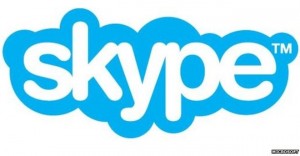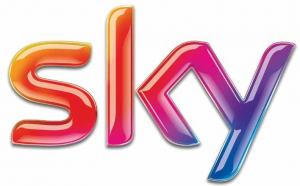A recent EU case highlights the importance of trade mark clearance searches and brand strategy from an early stage. Of notable interest is the fact that this striking decision involved a battle between 2 companies with huge global brand presence.
Reaching for the Sky
In 2004 Skype applied to the Office of Harmonisation in the Internal Market’s (‘OHIM’) for registration of the SKYPE image (below) as a Community Trade Mark (‘CTM’) for the broad specification of ‘audiovisual goods, telephony, photography goods and computer services’.

In 2005 British satellite broadcaster, Sky, opposed the application pleading the likelihood of confusion with its word mark ‘SKY’ (below), registered in 2003 for similar goods and services.

Skype claimed that the ‘Skype’ mark had acquired a ‘secondary meaning’ due to its extensive use (including that the term ‘to skype’ has been used as a verb to make video calls). Despite this, the OHIM rejected Skype’s claims on the basis that ‘Skype’ and ‘Sky’ were considered visually, phonetically and conceptually similar.
Skype’s the limit
As is often the case with trade mark proceedings, this courtroom warfare was protracted and spanned a decade, culminating in Skype taking the fight to the General Court of the European Union. In May 2015, that Court ruled in favour of Sky and denied Skype’s registration on the basis of the similarities between the two marks. The Court found that it was unlikely that the average consumer would break down the word SKYPE to distinguish it from SKY. This was combined with the evidence of Sky’s ‘wide and impressive reputation’ and that the SKY brand was one of the most well-known brands in the United Kingdom’.
Not even the cloud shape around the word Skype was enough – it was considered merely a ‘border that closely traces the contours of the word SKYPE’ and a ‘merely decorative function’ that should be disregarded when comparing the two marks.
This is a huge blow to Skype which has invested considerable amounts of money over the years building reputation in the Skype mark. And even more costly for Microsoft, who paid $8.5billion to acquire the Skype business and brand in 2011.
It is expected that Skype will appeal to the Court of Justice of the European Union. Or, it could be tit-for-tat as Sky could even bring trade mark infringement proceedings against Skype in the courts.
Lessons learnt from this decision
This case highlights that trade mark clearance searches and brand strategy are crucial from an early stage. Had Skype narrowed its application to goods and services it actually offered (eg ‘internet calls and messaging services’) it might have even avoided the opposition from Sky.
This case also demonstrates the importance of challenging the use of highly similar trade marks by new market entrants, given their potential to grow into well-known brands quickly and potentially impact upon other brands in their core activities. Keeping a clear eye on competitors’ brands as they develop is crucial.
Related posts:
Brand protection strategies
Trade mark storm in a soup bowl
Trade mark infringement
Intellectual Property
Media & E-Commerce
Posted on: 9 February 2016

 HOME
HOME
